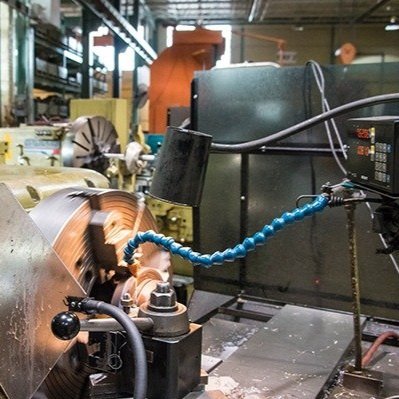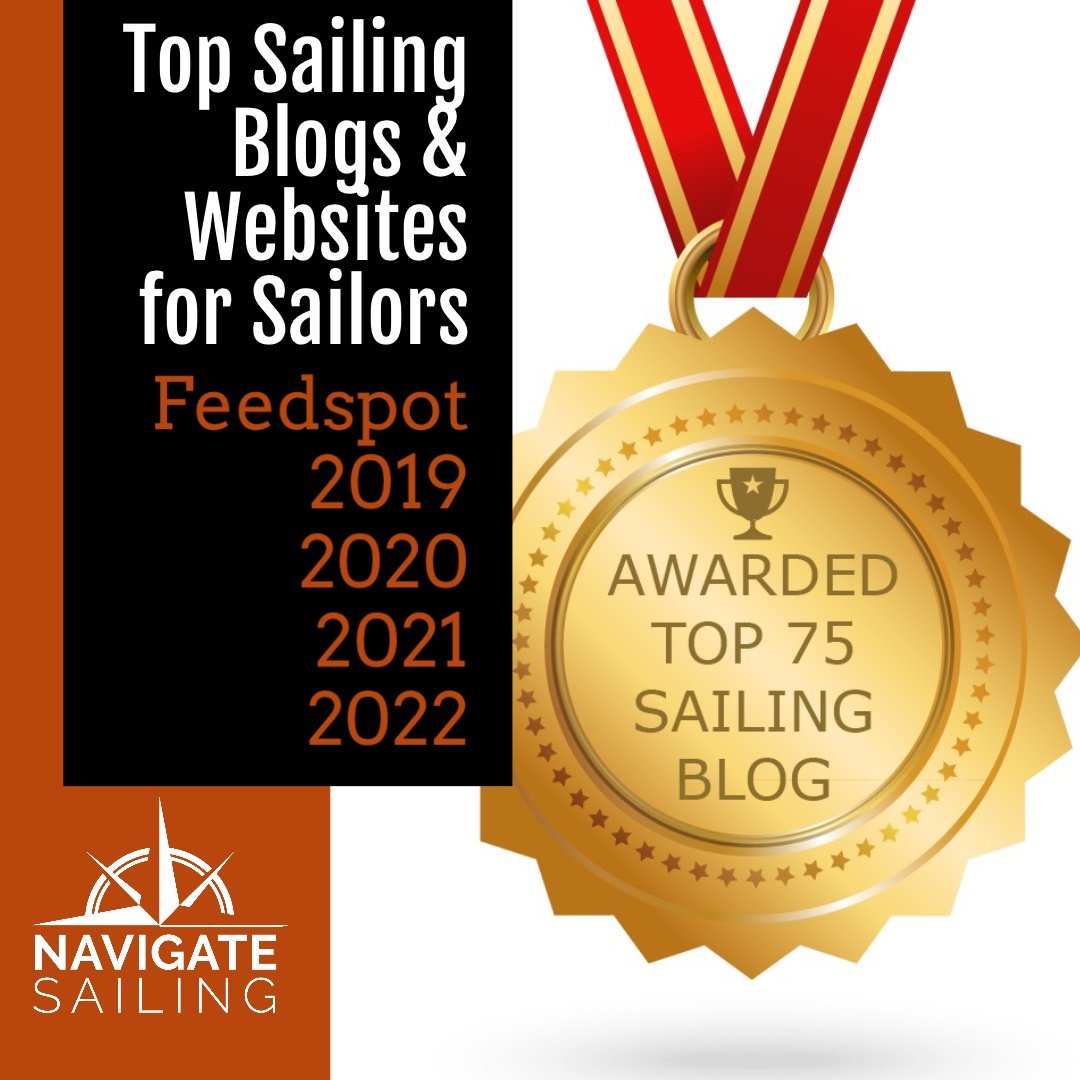The Future of IIoT - How Innovation Drives Industry 4.0
/In Yannick Schilly’s expansive career, he has helped small and medium-sized factories accomplish the sophistication of mega corporations. In the ever-growing global drive to expand the capabilities of the Industrial Internet of Things (IIoT), Schilly has seen first-hand the advantages of using intelligent valves and equipment to build factories of the future.
By Michelle Segrest, Navigate Content, Inc. - Reporting for ValveWorld, ValveWorld Americas and Pump Engineer Magazines
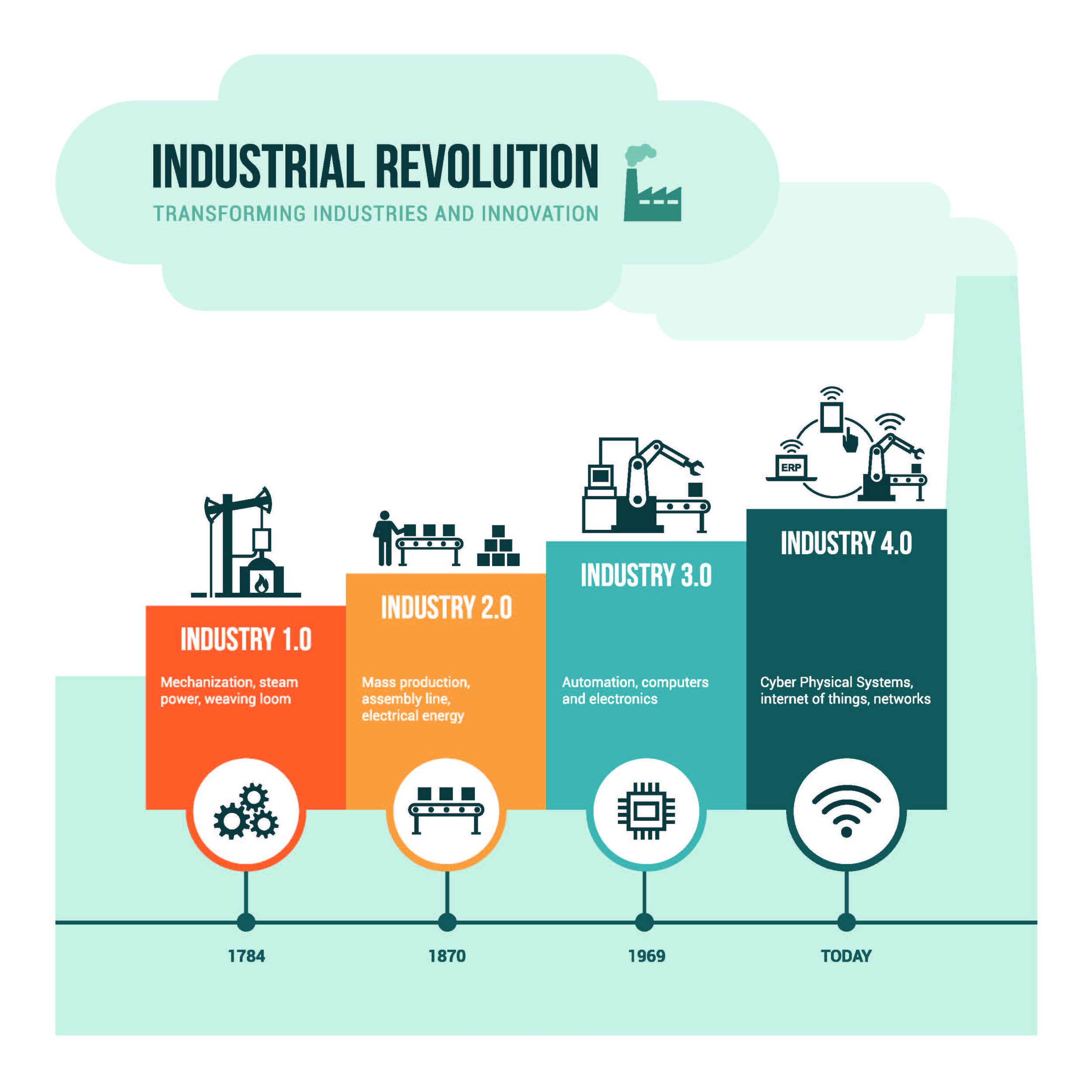
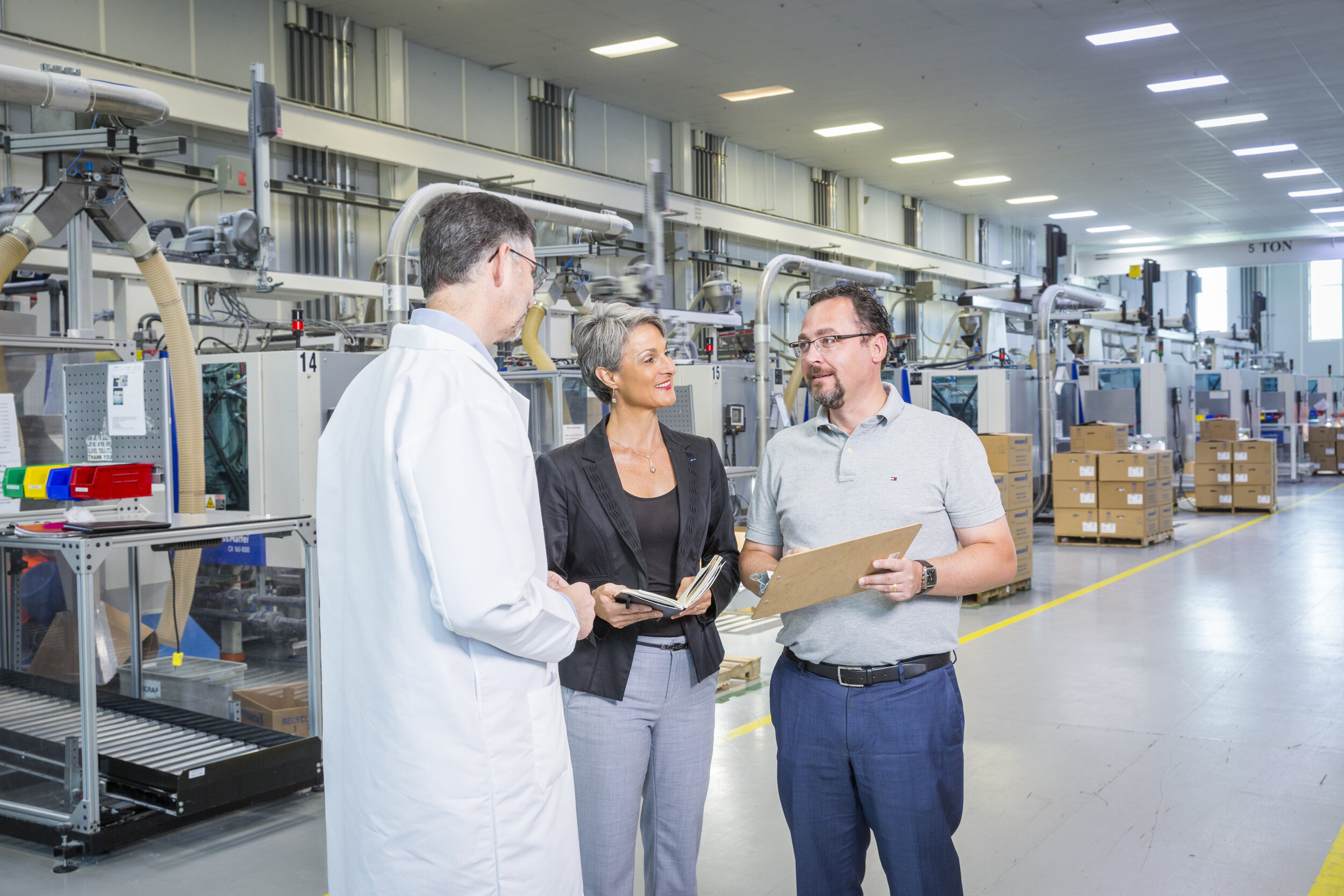
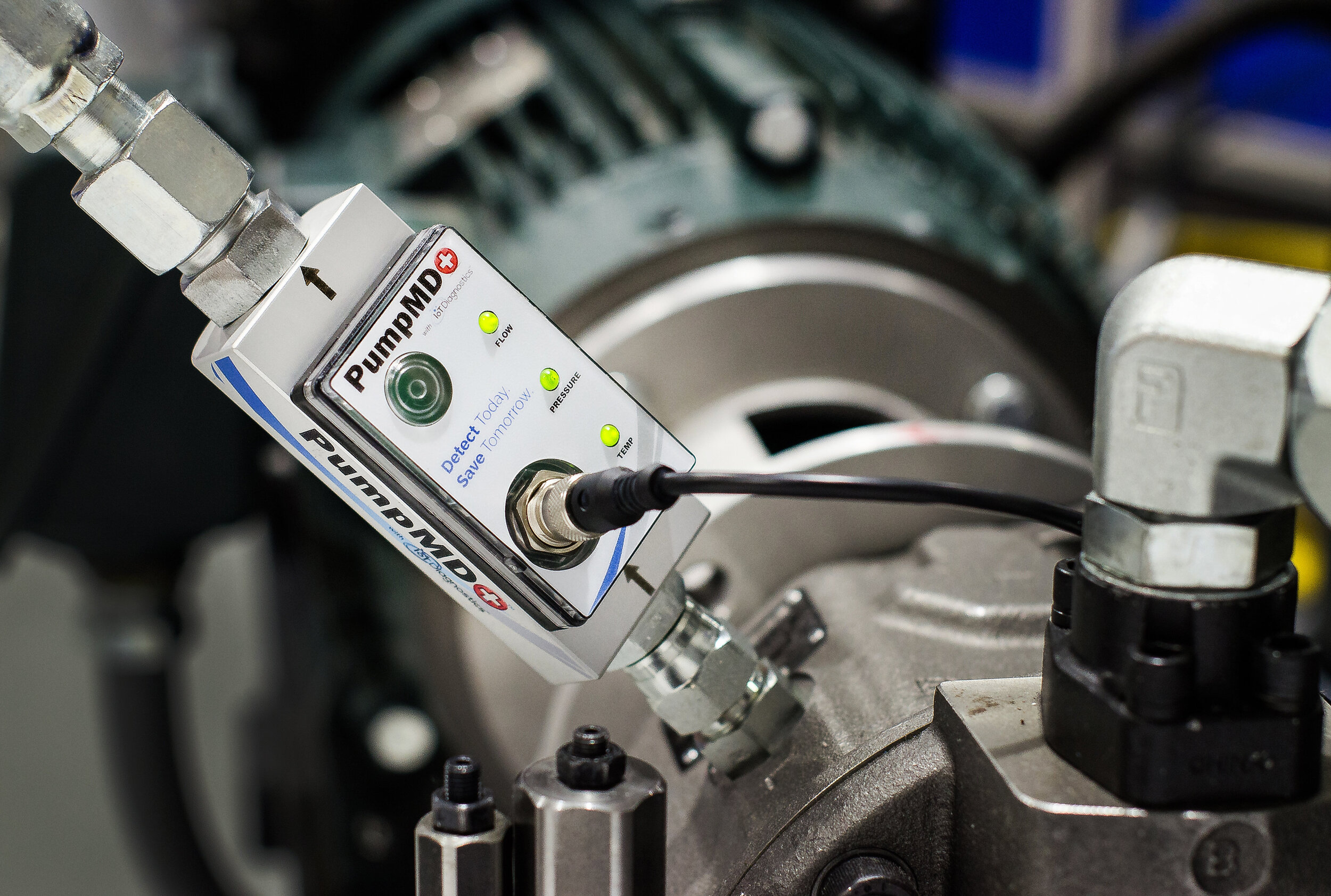
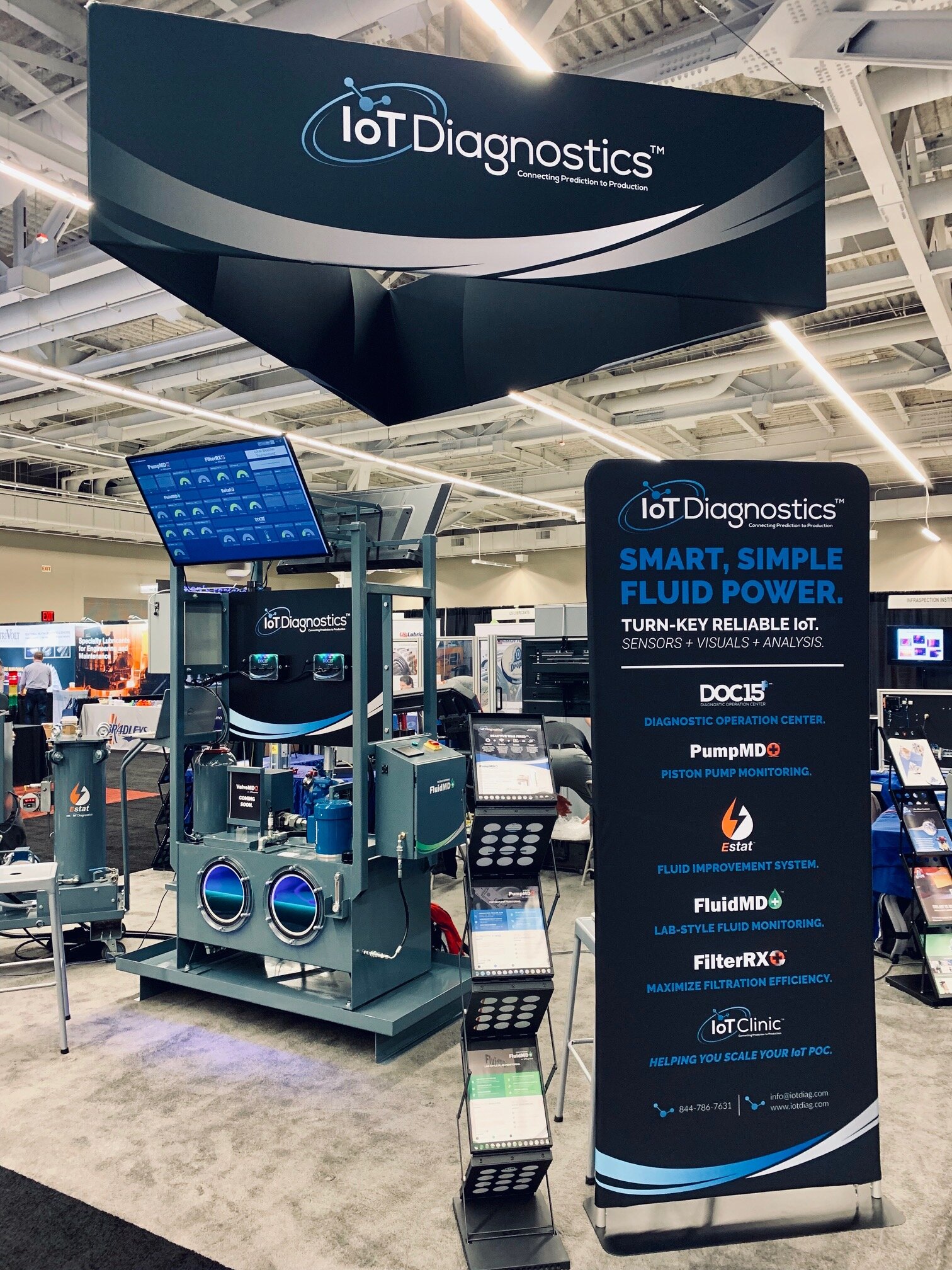

It’s exciting when valves and other equipment communicate with people—sending complex data through the air to predict maintenance, prevent failure through predictive analytics, and enhance performance. But the future of the IIoT involves an even more sophisticated evolution where devices communicate with each other to solve problems and even make decisions. The 4th industrial revolution will make history with the emergence of so-called “cyber-physical systems,” which enable the evolution of artificial intelligence.
“Going from the simplest valve, to the newest advanced solutions and applications, the biggest evolution is that valves are getting smart,” said Yannick Schilly, President and CEO of Mason Ohio (Greater Cincinnati), USA-based Altix Consulting, Inc., a management consulting firm that helps middle-market companies compete with top-level corporations by integrating the latest in automation, robotics, and artificial intelligence.
“We have seen a lot of sensing technology in the past couple of decades. Valves and actuators via sensors and electronics communicate to a higher level with PLCs and with computer systems to control your shop floor and to bring information back to a higher level of intelligence—like MES or ERP systems. I think the biggest evolution with the Industrial Internet of Things is that devices have become even more intelligent. Devices can now talk to other devices and trigger actions and decisions.”
Devices have been communicating via computers to people for decades through HMI (Human machine interfaces), so that’s not new, Schilly explained. “Sensing technology has been around for a long time and is very sophisticated. What is completely new is that devices talk to devices and the devices then talk to the computer and the computer will start to predict maintenance, make suggestions, and even make decisions using built-in artificial intelligence. With big data applications, we can extract a lot of information from industrial systems in ways we have not been looking at in the past.”
For industry and manufacturing, this means a couple of things. “First of all, we can predict what will happen and better anticipate and prevent machine shutdowns,” Schilly explained. “Also, this data helps us to continuously improve the performance of an asset. We are living in an ultra-competitive world, and in an absolutely global and connected world. In the past, a valve producer out of Cincinnati was competing with a valve producer in Cleveland. Now you are competing with companies in Vietnam and China you’ve never heard about. The consumers, while having a certain loyalty to their country or to their brand, are permanently driven to cost efficiency. They will buy exactly the product they need for an application, no matter where it is made or by what company.”
Schilly said valves are getting smarter with integrated electronics and integrated intelligence. He predicts we will continue to see a trend of smaller, smarter, integrated valves with built in intelligence, which will enable billions of devices to permanently exchange data and process big data.
Background and Experience in Factory Automation and The Industrial Internet of Things
Schilly has seen the IIoT at work from both sides and from all over the globe—as a corporate leader, and now as an end user helping other companies build factories of the future.
A foreign French National, Schilly is from the region of Strasbourg in the northeastern part of France. He went to school in France then studied industrial engineering and business (bachelor) as well as business and general management (MBA) in Germany. In 1994, he began working for Festo, a sophisticated German automation company that is one of the largest producers of valves in the world. He spent 15 years with Festo’s German headquarters in different roles—production, production management, product design, industrial engineering, industrialization of new products, and also worked closely with international European customers for different industries in automotive, food and beverage, and even in the modern agricultural industry where he experienced using robotics to milk cows.
In 2010, he moved with his family to China to spearhead the integration of a company Festo had acquired.
“It was a large factory with 1,000 employees that offered a lot of added value with in-depth manufacturing and sophisticated technologies—like aluminium die-casting, plastic injection and plastic extrusion, machining, tool and die making, assembly and logistics,” Schilly said. “We had to completely transform the culture of the company where the Chinese and German cultures come together. It was my role to transform a low-performing, smaller Chinese company into a high-performing German champion. This involved bridging the leadership differences and getting everyone onboard with the journey of this big transformation in addition to implementing new buildings and new technologies.”
Then Schilly and his family moved to the United States, where his first role was to move a factory from Long Island, New York, to the Midwest and make it a factory of the future. “My role was to manage the relocation and establish a new standard for these operations in North America. We had to create an evolution to a higher technology level and more sophisticated warehouse automation.”
During his 25 years of corporate experience, Schilly was passionate about international business, the world of factories, the world of robotics, and the world of engineering. With a keen awareness of a global world that continues to be more inter-connected and more integrated, and with a strong passion for entrepreneurship, Schilly decided to leave the corporate world and start his own business.
“At some point I realized we needed to establish a stable home for the family,” he said. “My wife is from Russia, my son was born in Germany, my daughter was born in China, and I am from France. We have a third child on the way who will be American. We decided to stay in the U.S., which we love and is a huge country with a great business climate, and a huge market with a strong manufacturing base.”
Altix Consulting was formed a year ago.
“The business assumptions we had with regard to business transformations and the factories of the future, and with some companies having challenges adapting to the idea of Industry 4.0 with automation and robotics, artificial intelligence and virtual reality, we saw that we can help the middle market CEO or business owner learn how to prepare for this evolution and help them get there,” Schilly explained.
“Our approach is to help these companies develop integrated strategies by looking at their business model, the market, their maturity level, the products and services they offer, and their digital maturity. From where they are today, we help them develop incremental steps to first see what the company can afford in their journey to move toward a factory of the future, their state of competitiveness, and how to prepare their team for the transformation—from the technical side and the process side, from the product side and also the organization and skill side.”
Even with the onslaught of robotics and automation, Schilly understands that the human element and talents are the most critical assets of the companies.
“You can buy the best buildings and machines in the world,” he said. “You can buy the best CAD systems in the world to design the most modern valves in the world, but what if you don’t have the engineer who masters the CAD system, or if you don’t have the operator who masters the complexity and the use of that modern CNC equipment? At the end, everything needs to fit together like a high-performing sports team. I like to use the Formula 1 image because it’s a technical sport and a team sport. If you look at the performance and alliance of the technology—the people, the process, and the management system—it’s a perfect image to translate to an enterprise. Even with the most advanced equipment and automation, you still need the human intelligence to bring it all together.”
Helping Customers Build Factories of the Future
Altix Consulting has been working with a small startup in the Cincinnati area, IoT Diagnostics, which comes from a fluid and power background. It’s a company that understands the hydraulic market, and they understand the mechanics of hydraulic pumps and valves. They have a profound knowledge and understanding of the industrial and mobile hydraulic environments.
“They realize that while they prepare their future products with intelligence and IoT capabilities, there is a big market out there of industrial hydraulic equipment,” Schilly explained. “They have products like the PumpMD™, the FilterRX™, the FluidMD™ and the IoT Clinic™ which are used to help clients upgrade their equipment to build access to the capabilities of IoT without buying new expensive hydraulic pumps.”
This is a significantly less expensive way to get to IoT and predictive analytics integrated faster and more efficiently that replacing all your equipment.
“They have a fascinating business model and fascinating products and are one of the few companies in the marketplace having real hardware products ready for the market to support their clients,” Schilly said. “They approached us a year ago with several challenges. First of all, they are a small organization with limited management capabilities dealing with a fast pace growth. One task was to design scaling strategies in terms of products and services—scaling in the R&D environment, scaling in a startup organization environment, and scaling into new markets. They also wanted help understanding how to promote these products in additional markets outside the U.S.”
This is one of example of how in the world of pumps and valves, small companies are working on IoT advancements alongside the giant corporations.
“You don’t have to be a multi-billion company to benefit from Industry 4.0,” Schilly said. “We have seen crazy things in the past few years. Companies like Airbnb take over the market valuation from giants like Hilton. Companies like Tesla, who start from zero, are outpacing the car industry and revolutionizing the automotive landscape. Companies like Netflix have completely taken over an entire industry. We see the same thing in the music industry. I think we will see similar movements in industrial applications. Small companies with smart business models are competing with big brands in established industries. With the internet and the new economic environment and new technologies combined with the power of people embracing smart networks, and with what I call collaboration 4.0 models, small companies can outpace established industries. This is really exciting because in the end it’s great for the consumer.”
The drive toward smarter equipment is moving fast.
“We are in an acceleration curve of innovation and speed,” Schilly said. “The wheel is turning faster. As an individual or as an organization, to stay at the top of the game, you must permanently innovate and challenge the status quo and put the customer at the forefront. Companies are forced to excellence. It’s not by choice anymore. You must be excellent, or you won’t be in the market very long. Sometimes this is a painful process because it’s linked to cultural change, working on the DNA, and permanently looking at the organization to be at the top of the game. The winner takes it all in so many industries. There is a race and you better embark on it if you want to be in business in 10 years.”
Advice for End Users in a Growing IIoT Environment
With more innovation comes more jobs. Schilly advises young end users to keep a learning attitude if they want to compete in the global, growing IIoT environment.
“After school / college you don’t stop learning. That’s when you really start to learn,” he said. “There is so much we don’t know, and you should be open to the learning attitude and embrace other cultures and diversity. Combine good people skills and communication skills with the hard skills of engineering. Be accountable and reliable and always be open to new technology.
“If you look at the evolution of the factory of the future, there is no way to ignore what’s going on with technology. Anticipate how new technologies will impact your industry. Companies who have missed sensors, PLCs, computers, and automation will not stay long in the market. Even if it seems scary, ignoring artificial intelligence can also reduce your life in the market. But it’s not only about the technology, it’s also about the people mastering the technology. The synergy between people and technology and process is what matters.”
Schilly said he is a strong believer that humans are stronger when they work together. “In the past, one was strong at farming and one was strong at hunting and in the end together they made a better life for everyone in the village,” he said. “Now we can use that image in the industrial world. We cannot have all the competencies we need in one individual or one organization. For Industry 4.0 it is absolutely critical to know what we know and to master what we are great at and work with the best partners we can find for the rest. Then we don’t waste time and money finding things out on our own. Working with best-in-class partners is critical. In my opinion, Collaboration 4.0 is the secret sauce for the future of Industry 4.0.”
Read these articles about Industry 4.0 Innovation
Bionics Drive Factory Automation and Industry 4.0
Tomorrow's Plant in Action Today
Michelle Segrest is president of Navigate Content, Inc. and has been a professional journalist for 30 years. She has covered the industrial processing industries since 2008 and specializes in technical articles and case studies that focus on technology and innovation connected with rotating equipment. If you know an end user who is making a difference, please contact Michelle at michelle@navigatecontent.com
If you like this article about the Future of IIoT and Factory Automation, please PIN IT!
This page contains affiliate links. If you click on the product links and make a purchase, it allows me to make a small commission at no extra cost to you! Thank you for your support and I hope you find value in this content!





